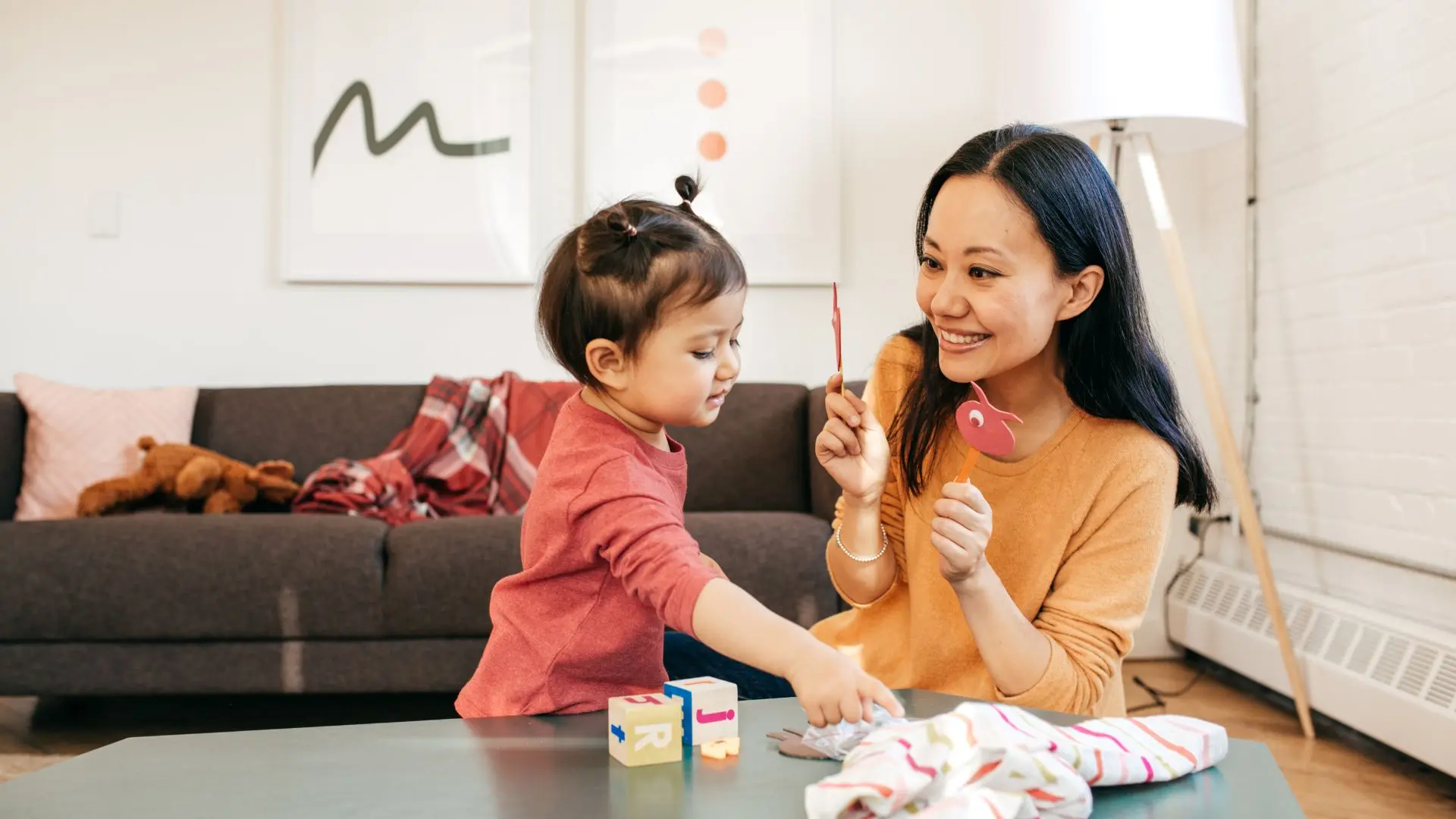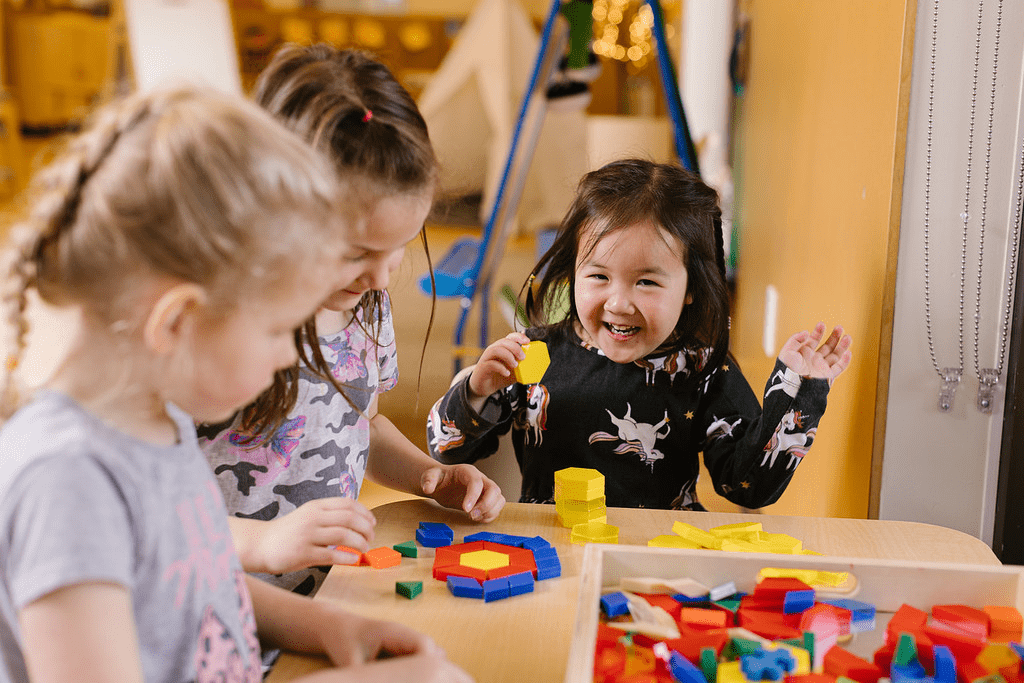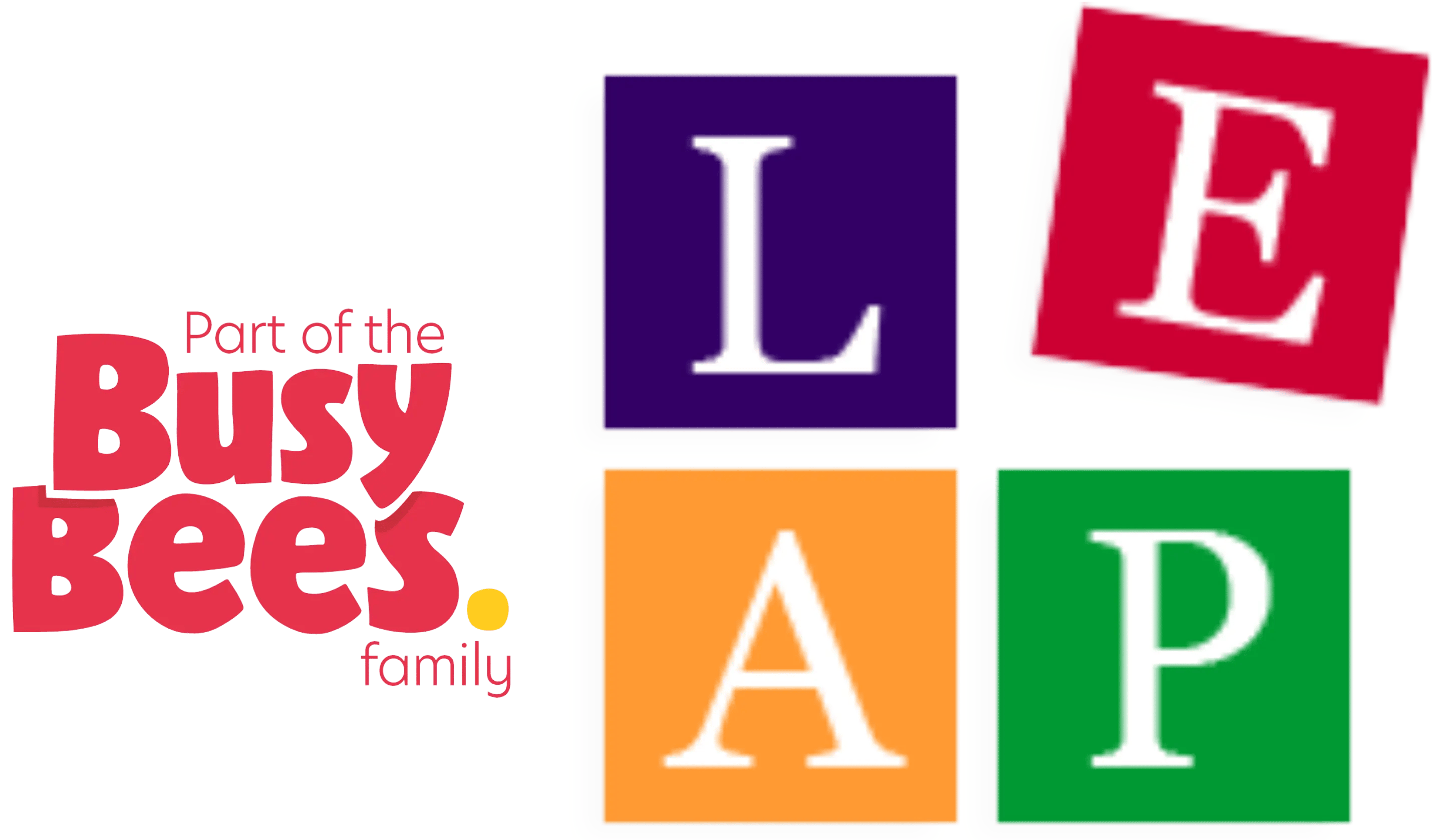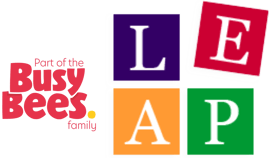Introducing a Second Language to Your Child
Living in the Boston suburbs provides young children with so many wonderful opportunities. We are fortunate to have excellent public schools, a long list of public and private recreational activities, beautiful conservation land, and a tolerant and welcoming community. Given all these assets, it is no surprise that our area is a highly desired place to raise a family, and as such we are drawing new residents from all over the world. This influx of new families has deepened the richness of our towns, and we can now enjoy the benefits of much greater cultural diversity. One of the opportunities that parents of young children can now more easily tap into is the chance to expose their children to a second language through play groups, neighborhood connections, and school experiences.
There are many studies that indicate that young children’s minds are geared to learning language more efficiently than adults. From birth to adolescence, a primary function of cognitive development revolves around the acquisition and mastery of language. Throughout their early schooling, children are learning vocabulary, literacy, pragmatics, and grammar continuously. Since their brains are already engaged in the language acquisition process, they are more able to access this part of their thinking and apply a second language simultaneously.
What are some of the benefits of learning a second language?
- Learning a second language strengthens the mental flexibility required to develop academically in verbal skills, logic, and math.
- As children understand that many common words have origins in other languages, they will build skills for comprehending new vocabulary.
- Through learning a foreign language children gain insight and respect for other cultures, or perhaps a fuller understanding of their own heritage.
- As children strengthen their ability to express themselves and be understood in many different contexts, their confidence grows.
Recently, as a new Spanish activity was being introduced in one of our classrooms at LEAP, a child asked, “Wait, why do people talk differently?!” This “light bulb” moment was inspiring to both the students and teachers as we could have a conversation and directly connect a value to what we were learning.
How do you introduce a second language to preschoolers?
- Encourage your children to notice the diversity of language in our community. When they see menus with foreign writing, hear neighbors speaking in another language, or attend multi-cultural community events, they become aware of the diversity that exists and will naturally be curious.
- Introductory language activities need to be kept simple. Flooding a child with lots of unfamiliar vocabulary can result in frustration for all.
- Incorporate 2-3 new words at time that have relevance in the child’s life. These can be playfully incorporated into daily routines. Once those words have been absorbed, gradually begin adding more.
- Music is a critical tool to help aid memory, mental organization, and fun! Listen to CD’s and learn simple songs.
- Lots of repetition is essential as learning often happens with bursts and lulls.
- Simple words for manners, greetings, and commands can be used as springboards into many aspects of daily routines.
- Play familiar games incorporating the second language. For example, “Rojo Light, Verde Light” instead of “Red Light, Green Light.”
For preschoolers, a few moments a day spent hearing and experimenting with other languages is sufficient to inspire their curiosity and enrich their development. It isn’t necessary to reach for second language fluency at this age to achieve many benefits. Presenting positive and meaningful exposure will ensure an eager and life-long learner.
You May Also Like

Responding to Your Child’s Behavior

How Actively “Doing” Can Help Preschoolers Learn Best




